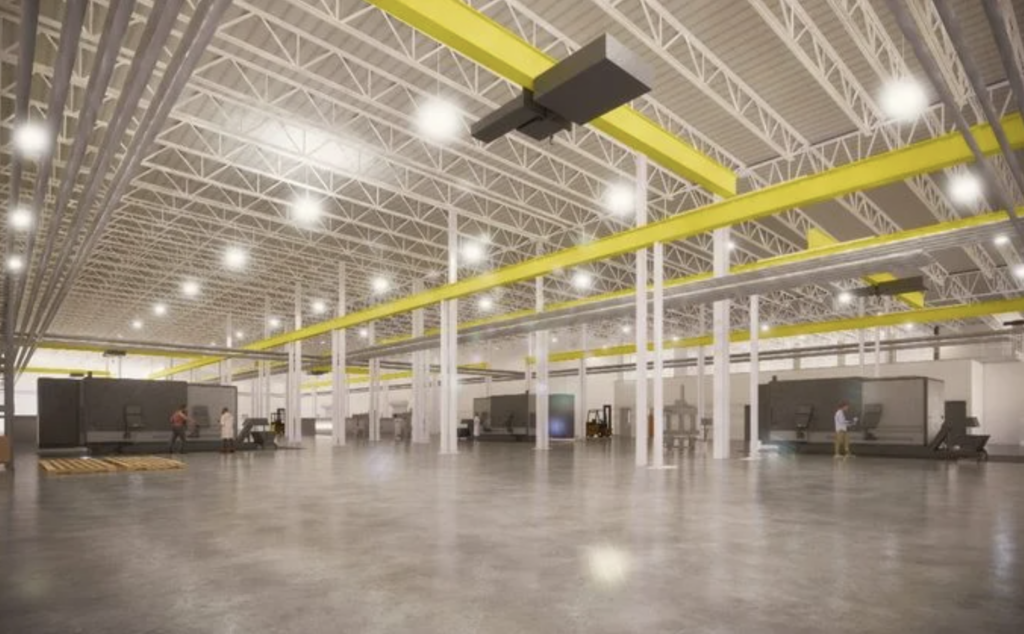
“The DoD’s HAPCAT facility produces harsh conditions in order to simulate the environment a hypersonic vehicle will experience in flight.” (Photo: Northrop Grumman)
The U.S. Air Force’s Arnold Engineering Development Complex (AEDC) in Tullahoma, Tennessee, wants additive manufacturing to aid the building of parts for DoD hypersonic test facilities, including Northrop Grumman‘s [NOC] Hypersonic Aerothermal and Propulsion Clean-Air Testbed (HAPCAT) plant in Ronkonkoma, N.Y., on Long Island.
The use of additive manufacturing is to facilitate hypersonic ground testing. While traditional building techniques use machining, additive manufacturing takes advantage of 3D models and advanced fiber materials to build items layer by layer.
“The DoD’s HAPCAT facility produces harsh conditions in order to simulate the environment a hypersonic vehicle will experience in flight,” AEDC said in a business notice. “Given the extreme environment, components of the facility must withstand high temperatures and pressures, necessitating novel designs and manufacturing techniques. Similarly, test articles must also withstand such conditions. Certain materials that can survive the high temperature and pressure in this environment are usually required for facility components as well as test articles. Active cooling techniques, such as internal water passages, are also often needed in order to manage the thermal loading of the component.”
“The use of exotic materials and active cooling techniques results in complicated and complex designs and manufacturing requirements for the facility components and test articles, which drive increased costs, schedules, and technical risks,” AEDC said. “New or improved techniques for designing and manufacturing facility components and test articles that reduce the cost, time, and technical risk would improve the DoD’s ability to conduct hypersonic ground testing at HAPCAT and reduce flight test risk of hypersonic vehicle development. On-site support of an AM capability would also provide the required support for rapid repairs and fabrications in a secure environment. This capability would also result in the ability to fabricate efficiently specialty test equipment specific to HAPCAT. The AM capability for HAPCAT would have the additional benefit of supporting testing at other DoD facilities that produce harsh conditions.”
AEDC said that it plans to award Northrop Grumman’s Elkton, Md., location–a legacy of Thiokol and Orbital ATK–a sole source, up to $9.8 million contract over five years for the additive manufacturing work at HAPCAT.
Last September, Raytheon Technologies beat Lockheed Martin and Boeing to win a more than $985 million contract for the Hypersonic Attack Cruise Missile (HACM), and Northrop Grumman has said it will continue its partnership with Raytheon to build scramjet engines for HACM (Defense Daily, Sept. 22, 2022).
Northrop Grumman said it has been working with Raytheon since 2019 to build propulsion for Raytheon’s air-breathing hypersonic weapon designs. Air Force Secretary Frank Kendall has said that air-breathing hypersonic weapons have shown more promise than boost glide hypersonic weapons.
This article was originally published by Defense Daily, a sister publication of Avionics International. It has been edited. Read the original version here >>